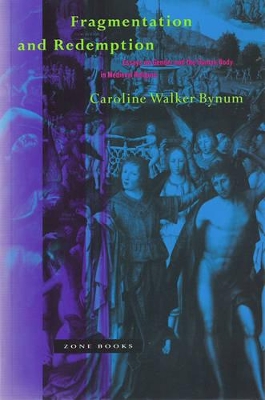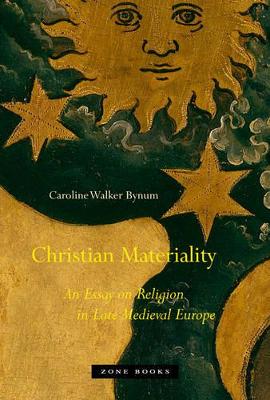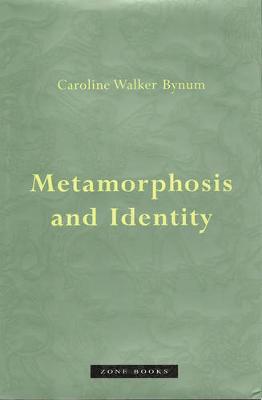Zone Books
3 total works
These seven essays by noted historian Caroline Walker Bynum exemplify her argument that historians must write in a "comic" mode, aware of history's artifice, risks, and incompletion. Exploring a diverse array of medieval texts, the essays show how women were able to appropriate dominant social symbols in ways that revised and undercut them, allowing their own creative and religious voices to emerge. Taken together, they provide a model of how to account for gender in studying medieval texts and offer a new interpretation of the role of asceticism and mysticism in Christianity. In the first three essays, Bynum focuses on the methodological problems inherent in the writing of history. She shows that a consideration of medieval texts written by women and the rituals attractive to them undermines the approaches of three 20th-century intellectual figures-Victor Turner, Max Weber, and Leo Steinberg-and illustrates how other disciplines can enrich historical research. These methodological considerations are then used in the next three essays to examine gender proper. While describing the "experiential" literary voices of medieval women, Bynum underlines the corporality of women's piety and focuses on both the cultural construction and the intractable physicality of the body itself. She also examines how the acts and attitudes of men affected the cultural construction of categories such as "female," "heretic," and "saint" and shows that the study of gender is the study of how roles and possibilities are conceptualized by both women and men. In the final essay, Bynum elucidates how medieval discussions of bodily resurrection and the obsession with material details enrich modem debates over questions of self-identity and survival.
Late Medieval Christianity's encounter with miraculous materials viewed in the context of changing conceptions of matter itself.
In the period between 1150 and 1550, an increasing number of Christians in western Europe made pilgrimage to places where material objects-among them paintings, statues, relics, pieces of wood, earth, stones, and Eucharistic wafers-allegedly erupted into life through such activities as bleeding, weeping, and walking about. Challenging Christians both to seek ever more frequent encounters with miraculous matter and to turn to an inward piety that rejected material objects of devotion, such phenomena were by the fifteenth century at the heart of religious practice and polemic. In Christian Materiality, Caroline Walker Bynum describes the miracles themselves, discusses the problems they presented for both church authorities and the ordinary faithful, and probes the basic scientific and religious assumptions about matter that lay behind them. She also analyzes the proliferation of religious art in the later Middle Ages and argues that it called attention to its materiality in sophisticated ways that explain both the animation of images and the hostility to them on the part of iconoclasts.
Seeing the Christian culture of the fourteenth and fifteenth centuries as a paradoxical affirmation of the glory and the threat of the natural world, Bynum's study suggests a new understanding of the background to the sixteenth-century reformations, both Protestant and Catholic. Moving beyond the cultural study of "the body"-a field she helped to establish-Bynum argues that Western attitudes toward body and person must be placed in the context of changing conceptions of matter itself. Her study has broad theoretical implications, suggesting a new approach to the study of material culture and religious practice.
An exploration of the roles of metamorphosis and hybridity in the establishment of personal identity, with particular emphasis on the twelfth and thirteenth centuries.
The four studies in this book center on the Western obsession with the nature of personal identity. Focusing on the twelfth and thirteenth centuries, but with an eye toward antiquity and the present, Caroline Walker Bynum explores the themes of metamorphosis and hybridity in genres ranging from poetry, folktales, and miracle collections to scholastic theology, devotional treatises, and works of natural philosophy. She argues that the obsession with boundary-crossing and otherness was an effort to delineate nature's regularities and to establish a strong sense of personal identity, extending even beyond the grave. She examines historical figures such as Marie de France, Gerald of Wales, Bernard Clairvaux, Thomas Aquinas, and Dante, as well as modern fabulists such as Angela Carter, as examples of solutions to the perennial question of how the individual can both change and remain constant. Addressing the fundamental question for historians-that of change-Bynum also explores the nature of history writing itself.


